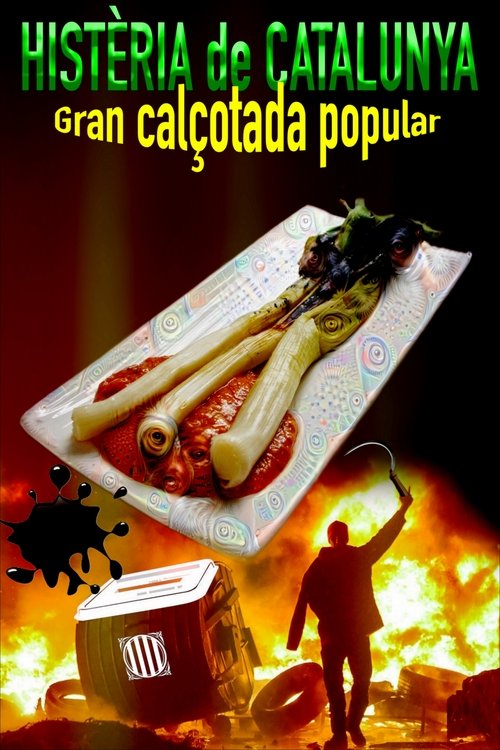Oliva Oliva (2005)
A filmed diary which chronicles two visits to the Olivas, a family of Spanish beekeepers from Salamanca, at the time of the honey harvest, in August and September. Their work and their itinerant life are seen from a friend's point of view.
Directors
Release Date
Jul 01, 2005
Runtime
01h 09m
Actors
N/D
Genre
Available in streaming on
A filmed diary which chronicles two visits to the Olivas, a family of Spanish beekeepers from Salamanca, at the time of the honey harvest, in August and September. Their work and their itinerant life are seen from a friend's point of view.
Movies like Oliva Oliva
7.3

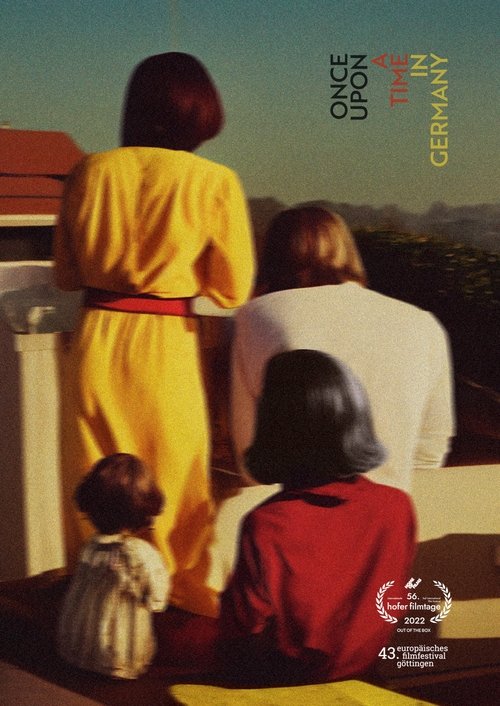
6.3


this evening out of boredom washed my hands three times in succession in the bathroom
2024
Search similar movies
9.0


4.0
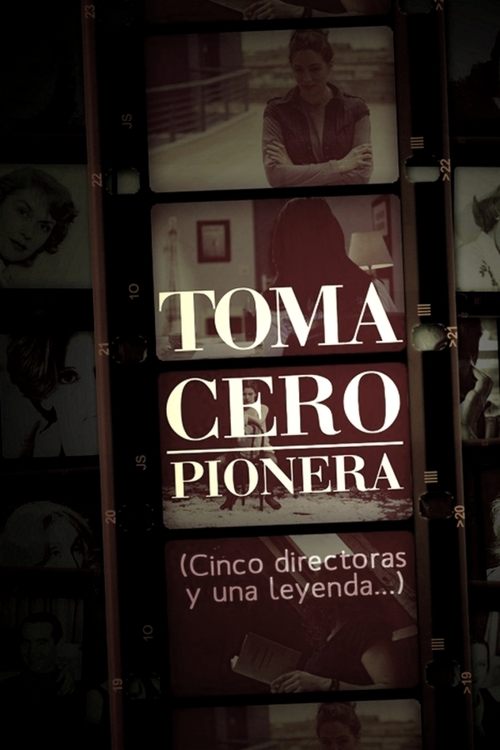
7.5
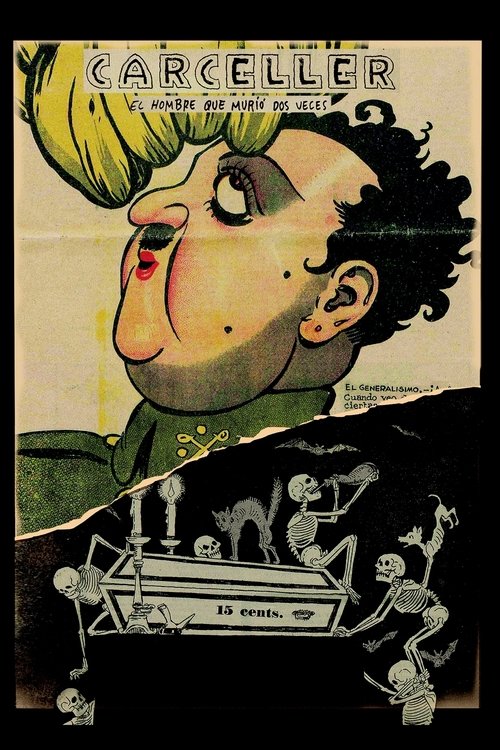
6.7


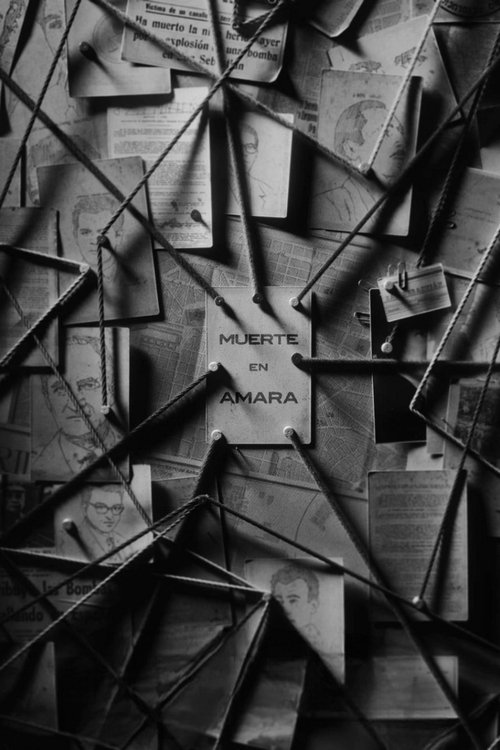

5.5

4.0
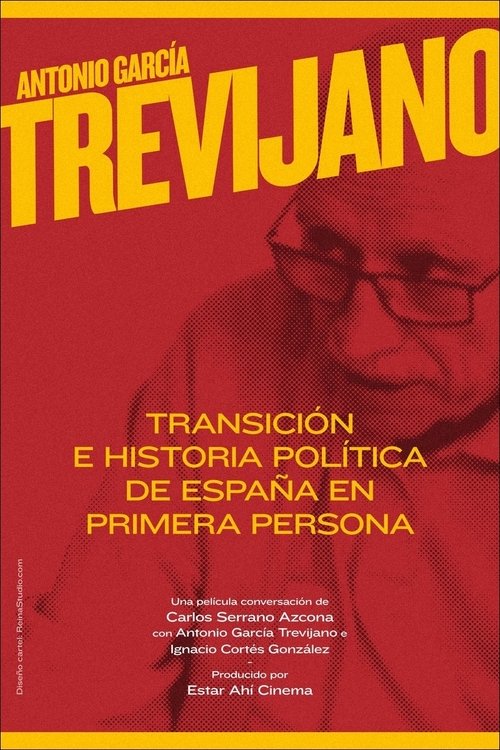
Antonio García-Trevijano: Transición e historia política de España en primera persona
2021
Search similar movies
7.5
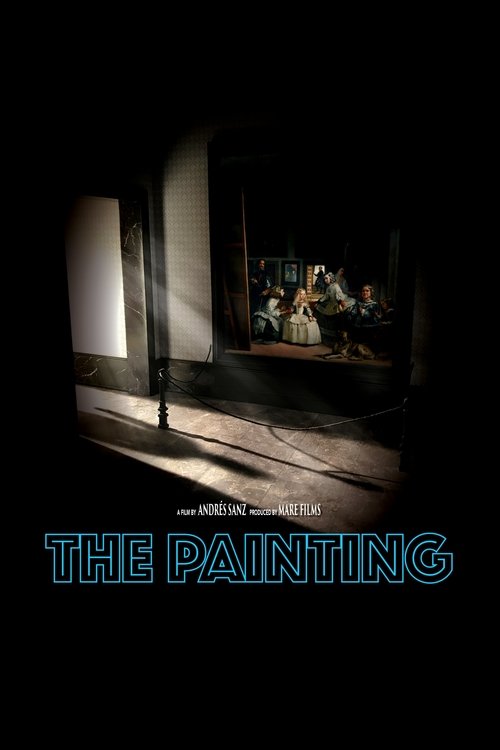
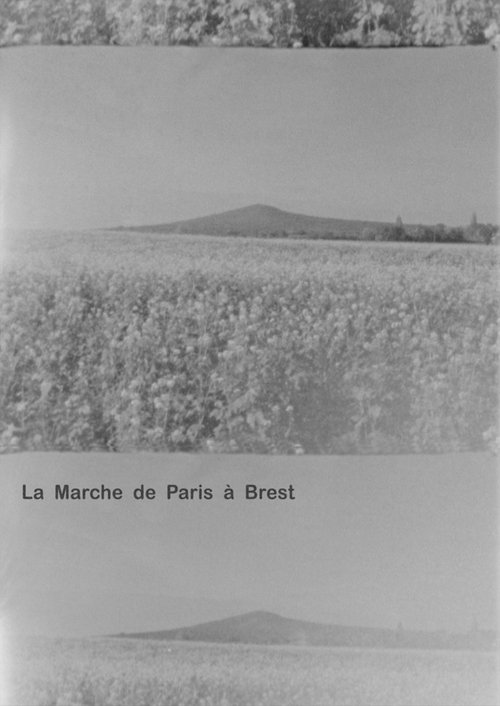
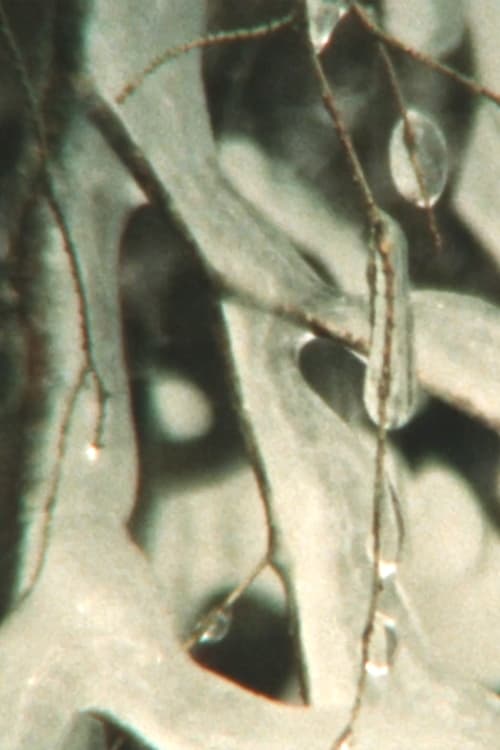
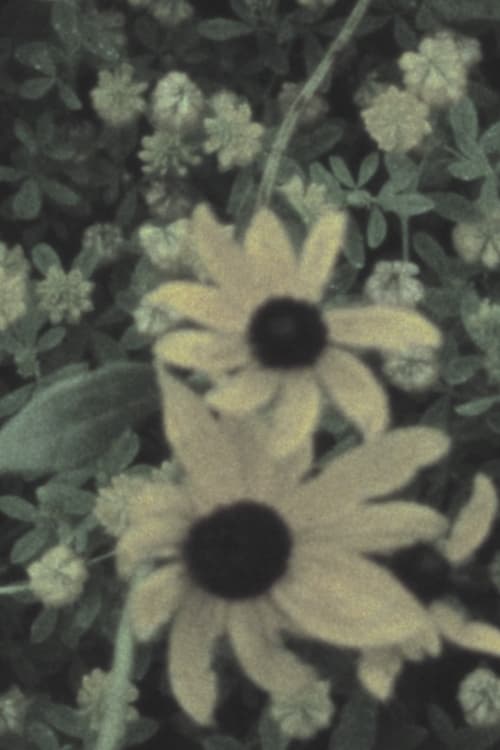
9.0
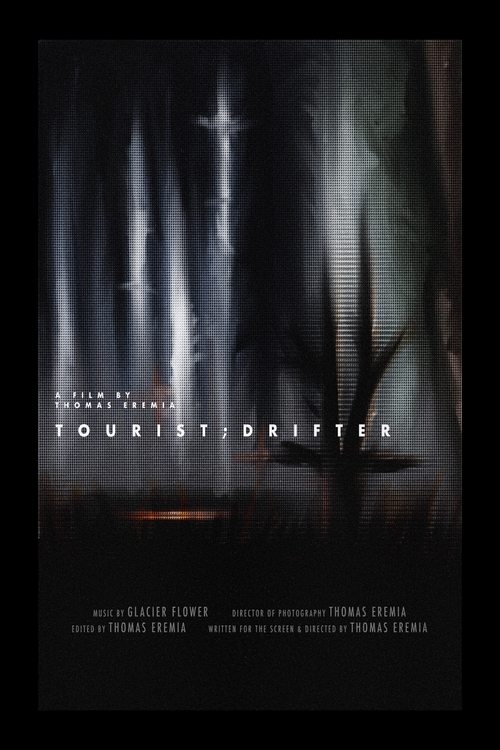
4.0

7.0

6.5
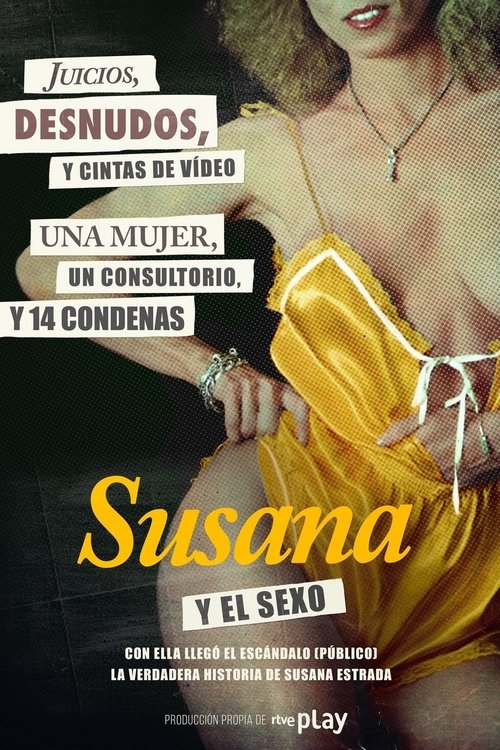
6.0
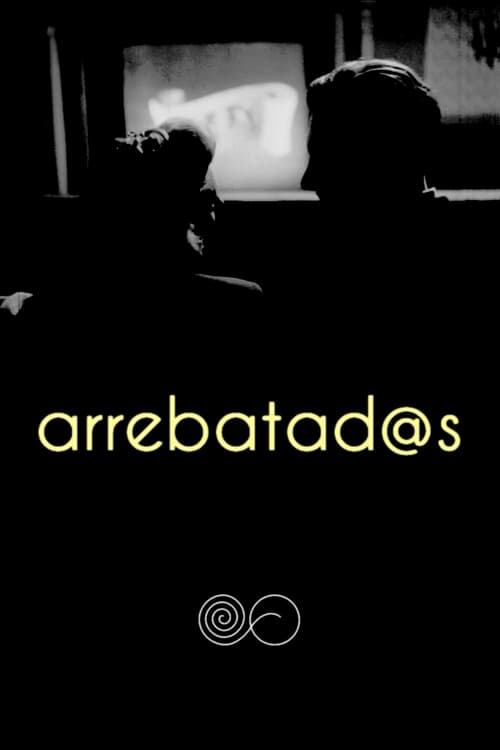
5.0
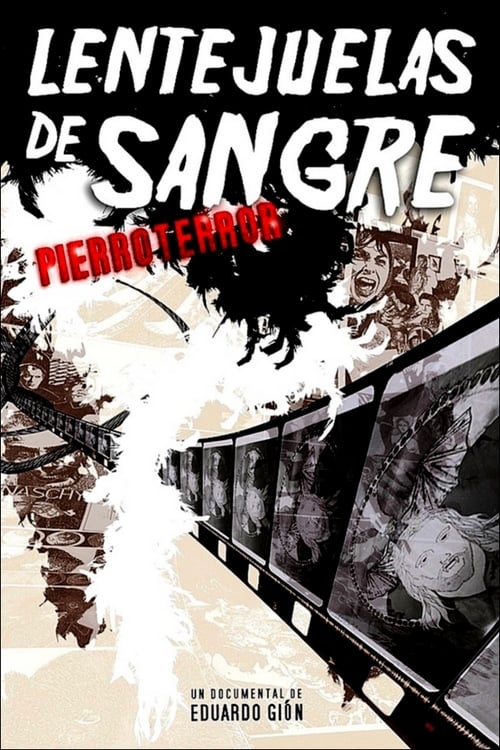
5.5
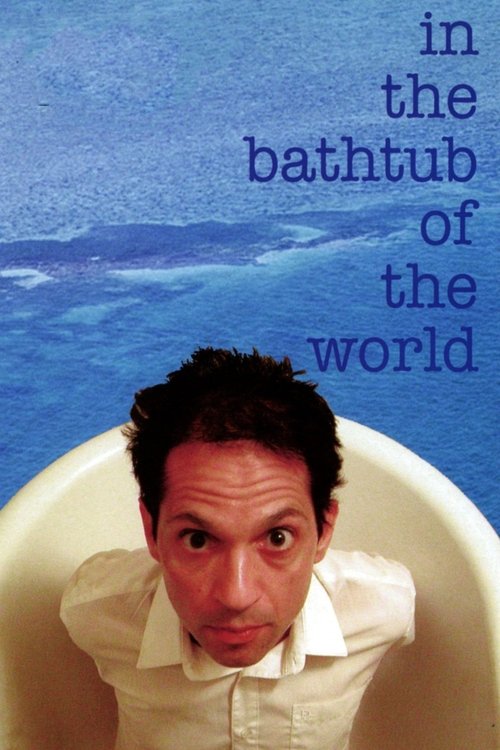
6.9

6.5
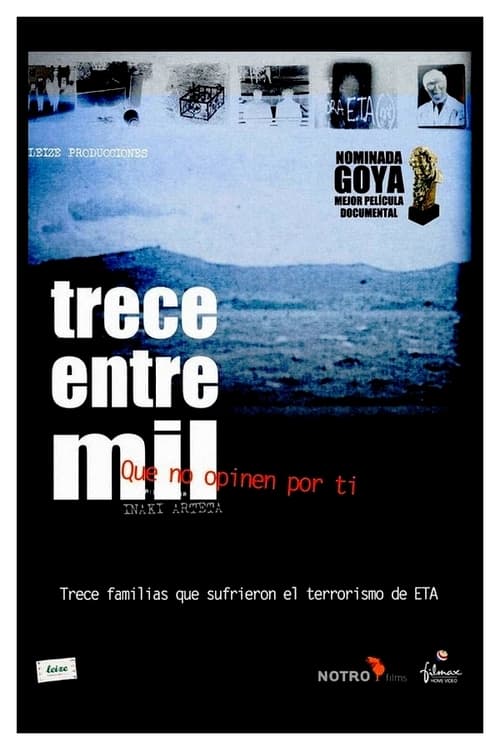
7.4
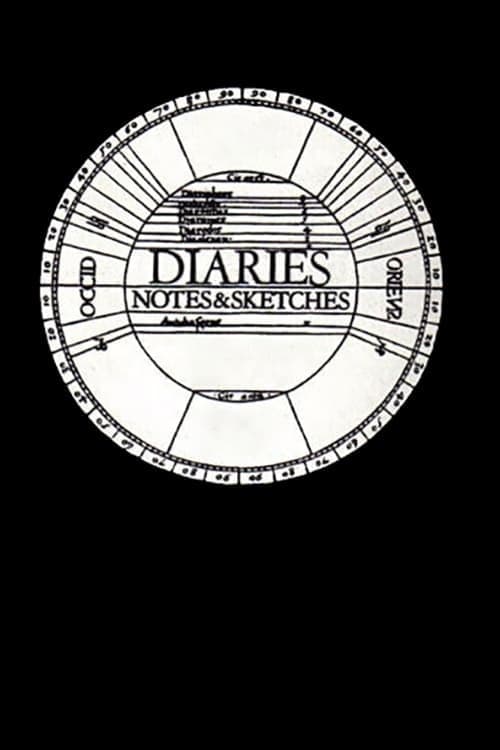
6.0
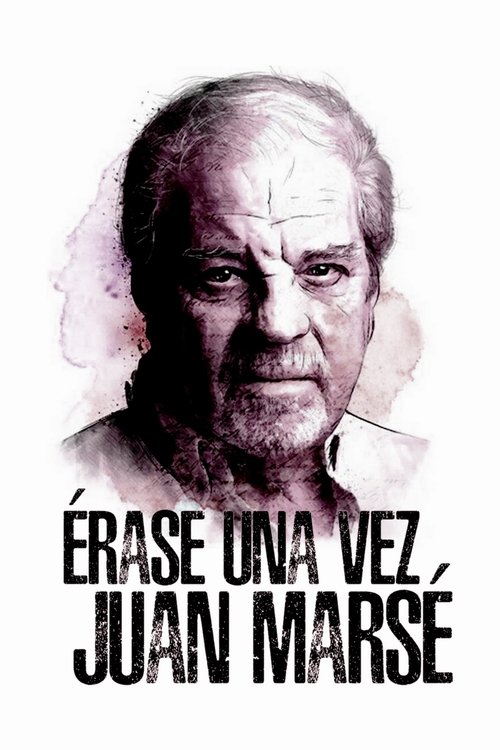
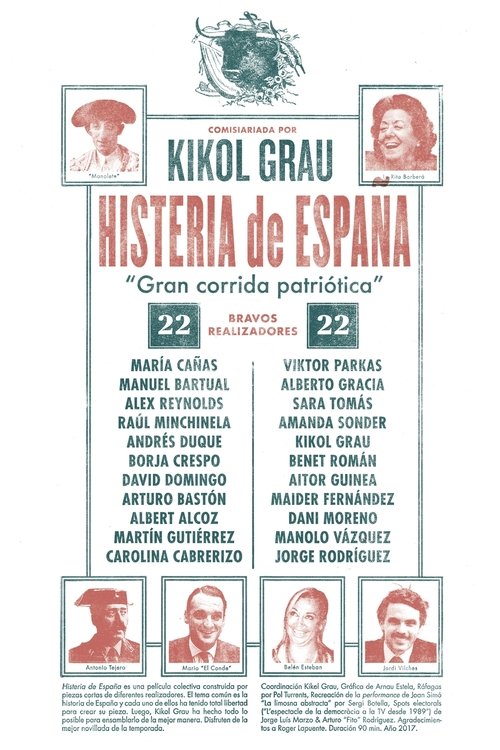
6.0
